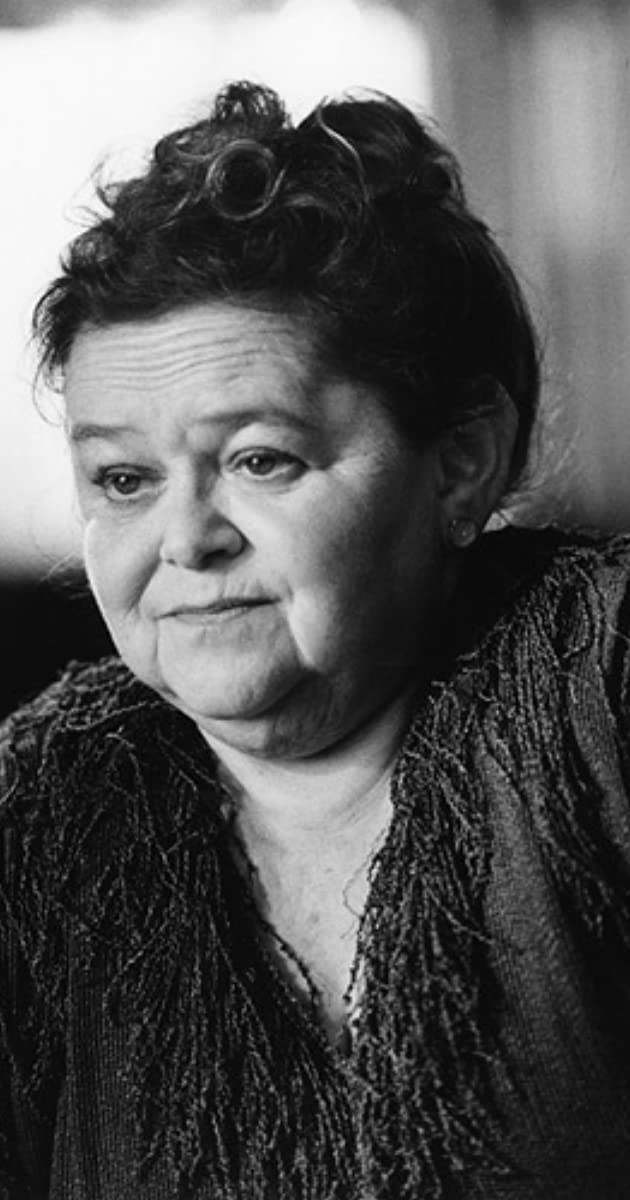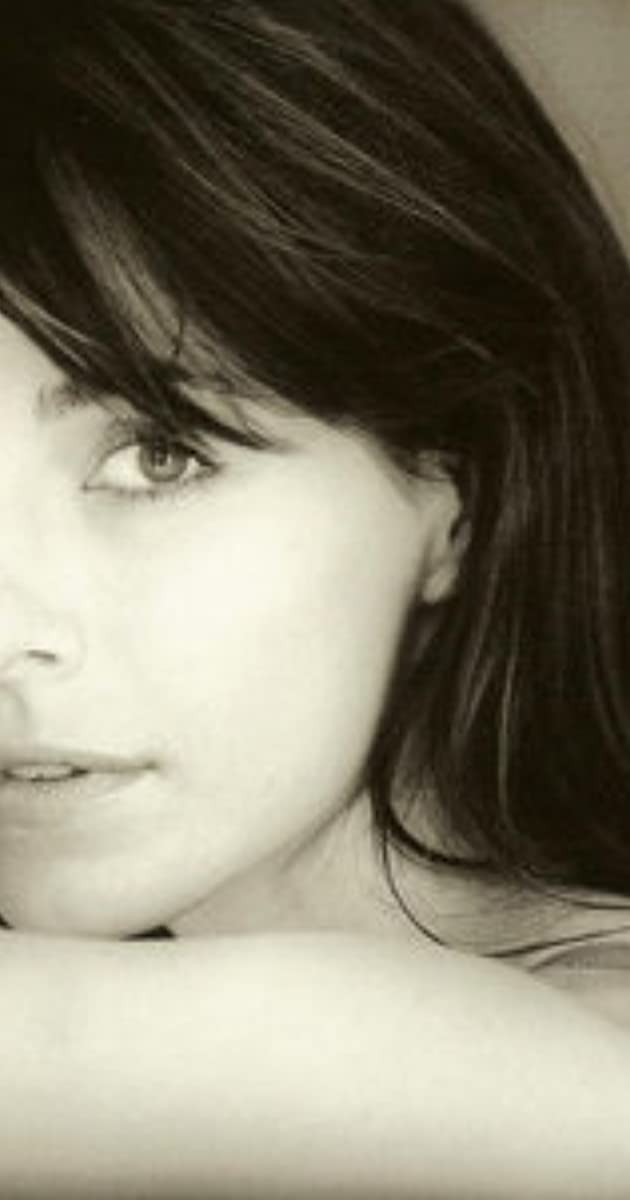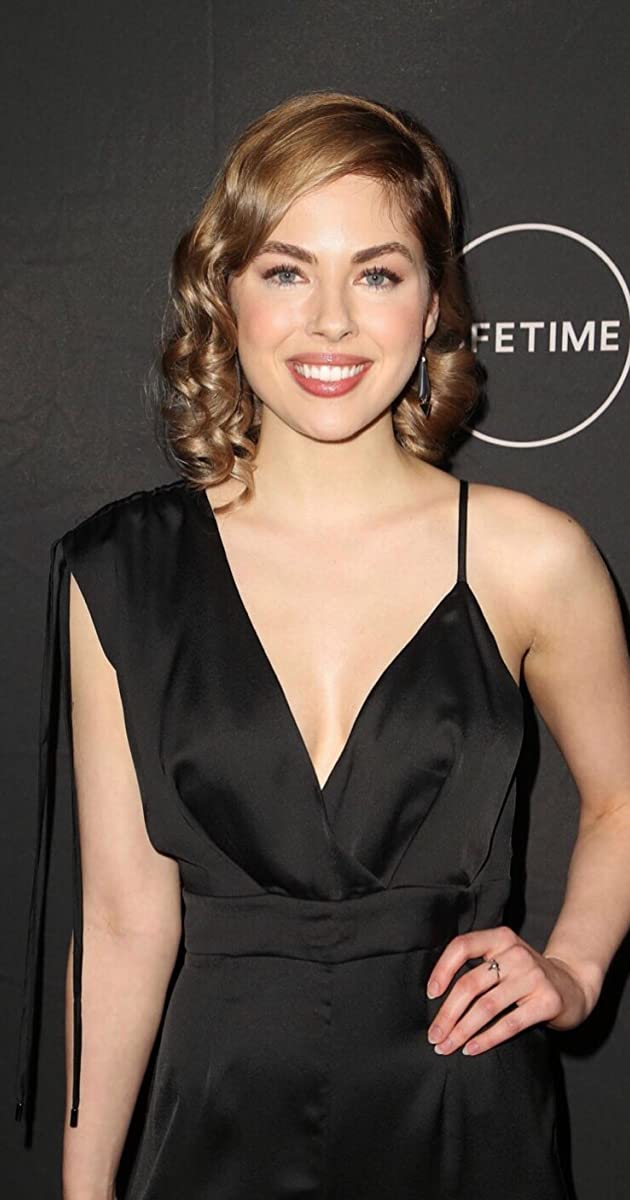
A marvelously quirky and distinctive 4′ 3″ character actress, with a larger-than-life presence on film and TV, Zelda Rubinstein gave up a long and stable career in the medical field as a lab technician in order to strive for something more self-fulfilling as middle age settled in. At the age of 45, the feisty lady gave up the comfort of a stable paycheck and attempt an acting career, a daunting task for anyone but especially someone of her stature and type. Within a few years, she had beaten the odds and became a major movie celebrity thanks to one terrific showcase in a Steven Spielberg horror classic. In the process, she served as an inspiration to all the “little people” working in Hollywood who are forced to toil in cruel and demeaning stereotypes.
Zelda May Rubinstein was born on May 28, 1933 in Pittsburgh, Pennsylvania, to Dolores and George Rubinstein, who were Polish Jewish immigrants. Zelda was the youngest of three children, and the only “little person” in the family. Her childhood and teenage years were decidedly difficult in terms of coping with her “interesting variation,” which was caused by a pituitary gland deficiency. With no designs on acting at the time, she went the normal route of college and received a scholarship to study at the University of Pittsburgh. She earned her degree in bacteriology and worked for a number of years as a lab technician in blood banks. In 1978, Zelda, in a pursuit of something more creative in her life, abandoned her cushy but mundane job and threw herself completely into acting. She made her movie debut as one of the little people in the Chevy Chase slapstick comedy Under the Rainbow (1981). It all came together so quickly with her second film Poltergeist (1982) in the scene-stealing role of Tangina, the saucy, self-confident, prune-faced “house cleaner” with the whispery, doll-like voice who is brought in to rid a suburban home of demonic possession. Co-writer/producer Spielberg claims he designed the psychic role specifically for a “little person”. The film became an instant summertime hit and Zelda created absolute magic and wonderment with the testy role, receiving some of the movie’s best reviews. The character actress went on to appear in the two “Poltergeist” sequels. The “Poltergeist” movie projects were eventually dubbed “cursed” due to the untimely deaths of some of its performers, particularly two of the three children of film parents Craig T. Nelson and JoBeth Williams. 22-year-old Dominique Dunne was slain in 1982 by a jealous ex-boyfriend only a few months after the first film’s release, and angelic little Heather O’Rourke, age 12, died of an intestinal obstruction just months before Poltergeist III (1988) made it to the screen.
Although Zelda would not find a role quite up to the standards and popularity of Tangina, her subsequent career remained surprisingly active with a number of weird parts woven into both comedies and chillers — often variations of her eccentric Tangina role. She played a mental patient in the Frances Farmer biopic Frances (1982), which showcased Jessica Lange in the Oscar-nominated title role; a squeaky-shoed organist in John Hughes sweet-sixteen comedy classic Sixteen Candles (1984) co-starring Brat Packers Molly Ringwald and Anthony Michael Hall; the demented mom in the gruesome, Spanish-made horror-thriller Angustia (1987) [aka Anguish], which has since reached cult status; a mentor witch in the comic fantasy Teen Witch (1989); a hermit in a National Lampoon-based slapstick Last Resort (1994); a betting clerk in the Sci-Fi adventure Timemaster (1995); an ill-fated nun in the thriller Little Witches (1996), and; a theatre director in the flick Critics and Other Freaks (1997).
Into the millennium, she made some odd, slapdash appearances in such minor fare as Maria & Jose (2000), Wishcraft (2002), Cages (2005), Angels with Angles (2005), Unbeatable Harold (2006) and Southland Tales (2006). In her last film, she furthered her horror icon status with a small cameo in the slim-budgeted indie Behind the Mask: The Rise of Leslie Vernon (2006) that also featured Robert Englund of “Freddy Krueger” fame. Zelda also found an “in” doing voiceovers, her doll-like tones ideal for cartoons and such, and in commercials promoting such items as Skittles candy. She enjoyed extended popularity on TV with a regular series role on the first couple of seasons of Picket Fences (1992). Her character later was killed off in a freakish accident (fell into a freezer!). In her last years she narrated, and “Exorcist” child star Linda Blair hosted, TV’s Scariest Places on Earth (2000). The actress also appeared on stage in such productions as “Deathtrap” (as a psychic, of course), “To Kill a Mockingbird,” “Suddenly, Last Summer,” “The Slab Boys” and “Black Comedy”. She also appeared as Yente in a production of “Fiddler on the Roof”.
An outspoken social activist, Zelda was a staunch advocate for the rights of little people who formed the nonprofit Michael Dunn Memorial Repertory Theater Company in Los Angeles in 1985. The actress gained additional attention and respect, if not popularity (her career suffered for a time as a result), as an early and outspoken HIV/AIDS activist. As the poster mom for AIDS awareness, she valiantly appeared in a series of maternal newspaper/billboard advertisements imploring her gay son to practice safe sex. The series of ads ran from the mid-to-late 1980s. Zelda also participated in the first AIDS Project Los Angeles AIDS Walk and attended the 25th Anniversary Walk on October 12, 2009.
A couple of months before her death on January 27, 2010, Zelda suffered a heart attack. Complications set in (kidney and lung failure) and she passed away at age 76 on January 27, 2010, at Barlow Respiratory Hospital in Los Angeles, California.


